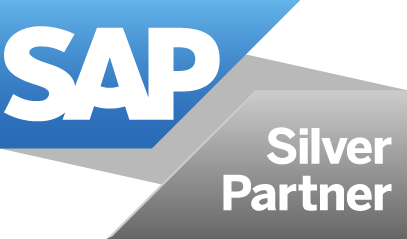Introduction:
FMCG companies often require extra diligence on their distribution channel performance. The primary reason being that most goods produced in the sector serve the day-to-day basic needs of consumers and carry lower shelf lives. Getting products faster into the hands of consumers requires a strategically planned movement of goods across distribution channels. For an FMCG business, there are typically 2 major types of distribution channels
- Indirect Distribution Channel – where they partner with a diverse range of intermediaries like logistics, warehouses, wholesalers, and retailers to move goods from the factory to the hands of the consumer.
- Direct Distribution Channel – where the brand itself owns and operates the intermediary entities to facilitate end-to-end management of the goods distribution from the factory to the consumer. With more control on their side, direct distribution channels can offer better rates to end consumers but require far higher capital inflow to set up when compared to indirect channels wherein intermediaries invest in their respective infrastructure.
Adding a new dimension to these existing architectures of distribution is the emergence of online shopping. Events like the COVID-19 pandemic have made a fundamental shift in the shopping habits of consumers worldwide. There has been a rapid shift to online shopping even for necessities like groceries and stationary household items, the two areas where FMCG businesses have their lion’s share of offerings.
Irrespective of whether an FMCG business chooses to go the direct or indirect route for distribution, it is important to improve their distribution channel performance to ensure a sustainable operation in highly competitive markets. Today, the ultimate answer to this challenge of improving performance lies in effectively leveraging technology to harness the full potential of your distribution channels.
Let us have a closer look at 5 ways in which FMCG brands can turbocharge their distribution channel performance with technology:
The organization is continuously transforming its process to meet the desired need of its customers since the needs are changing constantly. Digital transformation is safe since the process is based on data utilization it is authentic and truly based on one’s organization. It does not mean integrating technology at one level and leaving others behind moreover it is about the integrating process.
In this age of digital journey, Mid-level and enterprises organization always wants to uplift their processes to gain or maximize their efficiency and profit. Emerging technologies and equally joined human efforts help to transform the process. As a tech leader, your focus is on innovation, creativity, ability, and agility to transform the process.
Improve visibility
By digitizing every point in the distribution network, FMCG brands can get real-time visibility into the movement of goods to their target destinations. By bringing on-board real-time tracking through efficient data management across distribution points such as warehouses, logistic stations, distributors, etc., FMCG brands can help forecast revenue realization targets aligned with the demand-supply characteristics of the markets they target. For example, a brand that produces flavored sodas knows that the summer season will witness peak consumption from the consumer side. If their distribution network offers real-time visibility through digitization as explained above, the brand can predict when their inventory will reach stores during summer and by what time they can expect the stock to turn into revenue.
Pro-active field service
A large part of the distribution strategy for an FMCG brand is managed by field associates who constantly interact with retail channels to gauge demand volumes and ensure order fulfillment on time. However, manual intensive practices and documentation in this process can cause significant delays and, in the end, consumers may have to wait longer for products to be made available for their purchase. To solve this, FMCG brands can leverage the power of data analytics and smarter order fulfillment communication technology to help keep the supply chain proactive to market needs. Field associates can make a better analysis of requirements for every store or partner outlet and plan for stock optimization accordingly. Furthermore, the outlets themselves can make orders directly through digital channels rather than waiting for field associates to reach out to them and take orders.
Eliminate back-office administrative delays
Every consignment or made-to-order shipment of goods that passes through a distribution channel has varying levels of back-office documentation and checks that must be passed. By bringing on-board digital technologies that autonomously verify shipments, eliminate pricing discrepancies, handle tax and regulatory compliance workflows, and facilitate seamless access to logistics credentials, FMCG businesses can eliminate considerable delays within the distribution ecosystem. It also prevents the influx of fraudulent or counterfeit goods from crawling into any of the distribution points and thus assures end consumers of genuine purchase experiences.
Smart Connectivity
The key to achieving supply chain and distribution efficiency is to eliminate manual-intensive jobs to a minimum and keep out erroneous data entry. This can be achieved by involving a range of smart and connected infrastructure across factories, warehouses, logistical arrangements, and within retail stores. Deploying the latest IoT-based sensors can help companies collate real-time data from across their distribution ecosystem and use it for decision-making.
Building a resilient and highly efficient distribution channel is imperative for FMCG businesses to succeed in today’s market conditions. Consumers have access to a wide array of choices. Fulfilling their needs requires not just a clever understanding of the trends and needs of the market, but also assuring speedy reach of products to consumers without barriers in the distribution channel.
Get in touch with us to explore ways to leverage technology to build a powerful and efficient distribution channel for your business.





